
Museo Regional Potosino San Luis Potosí
Explore centuries of history in a former Franciscan convent, showcasing Mesoamerican cultures and the vibrant past of San Luis Potosí.
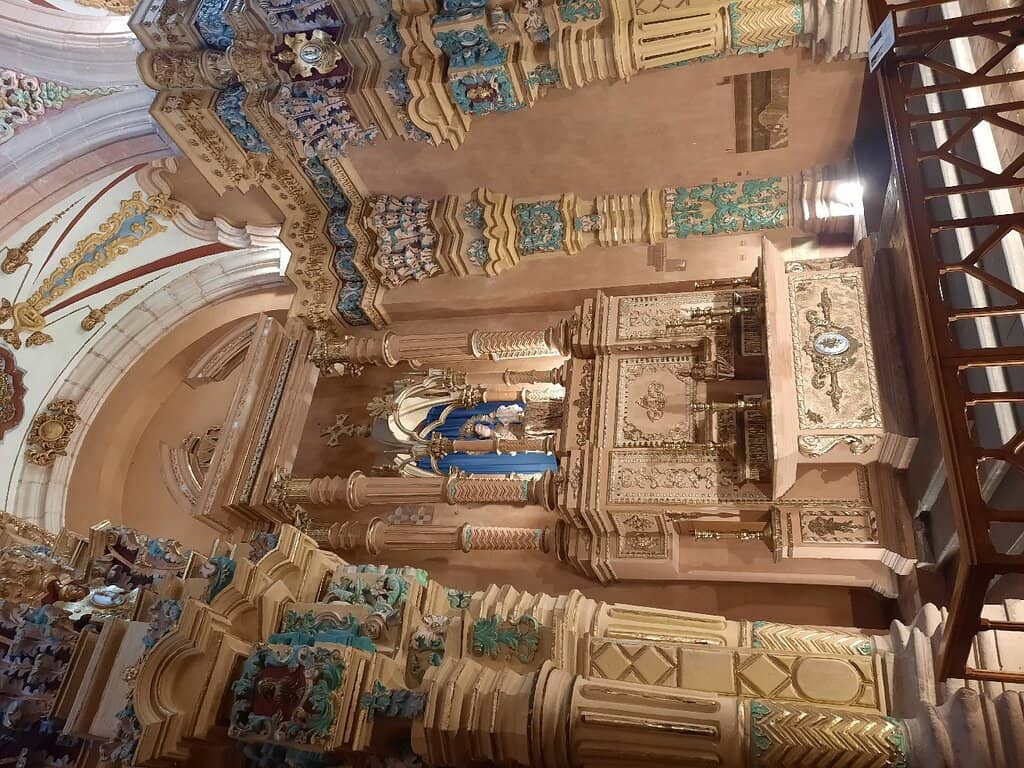
Highlights
Must-see attractions

Social
From TikTok & Reddit
Best Time
Fewer crowds, better focus

Museo Regional Potosino San Luis Potosí
Best Time
Fewer crowds, better focus

Highlights
Must-see attractions
Explore centuries of history in a former Franciscan convent, showcasing Mesoamerican cultures and the vibrant past of San Luis Potosí.
"A small but very interesting museum with a rich history and informative exhibits."
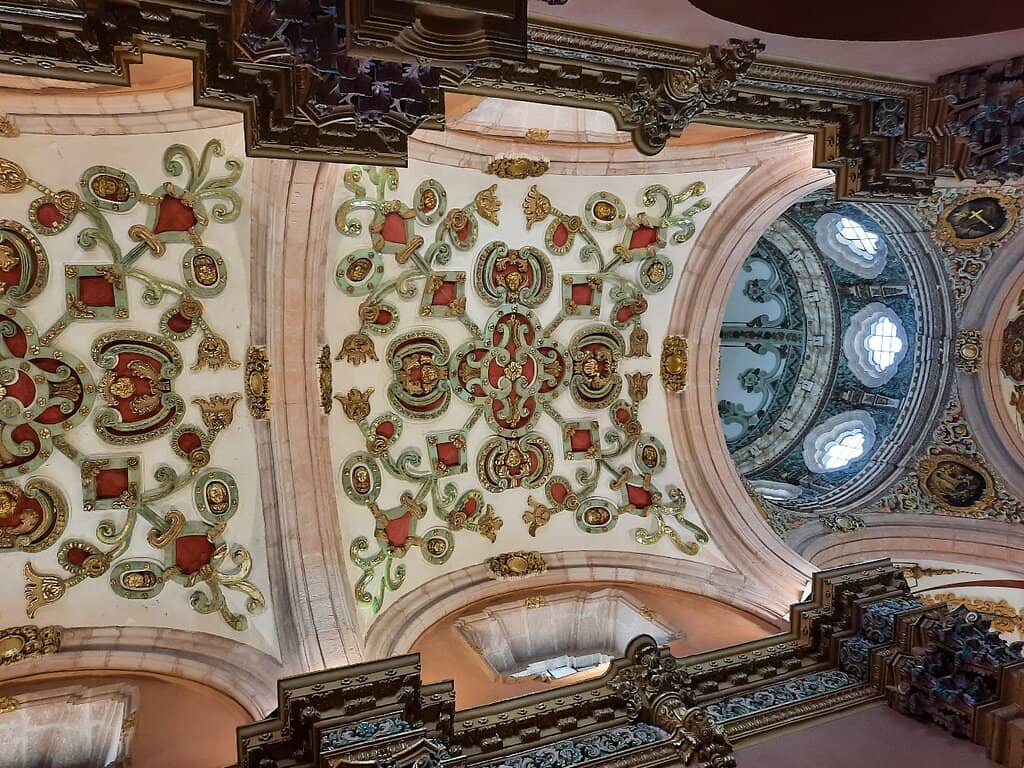
Check for Evening Events
Look out for night tours or cultural events, often held on Fridays, for a different museum vibe. :flashlight:
Read Exhibit Details
Exhibits have detailed cards, but typography can be small. Use your phone's zoom! :iphone:
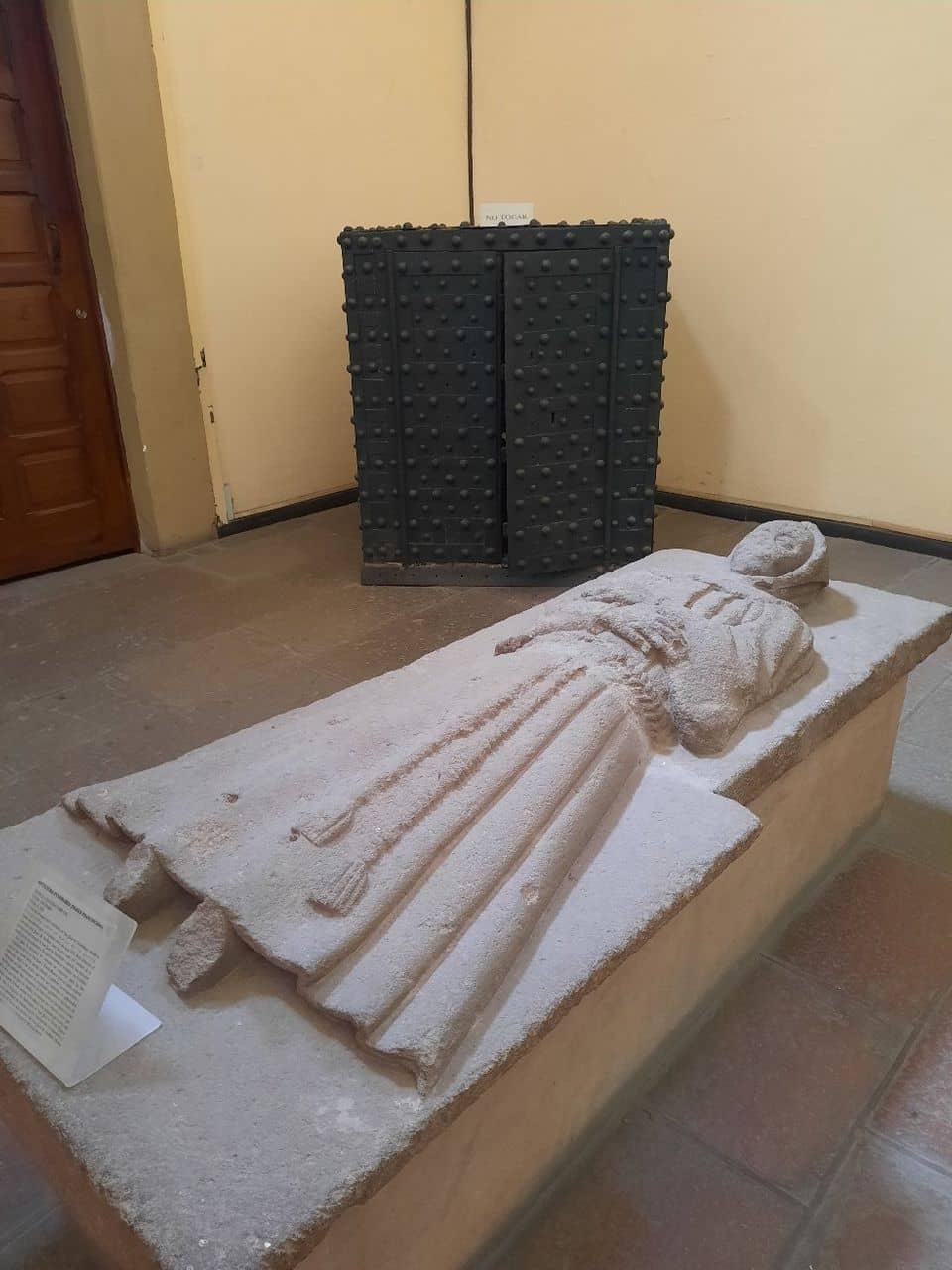
Highlights
Discover the most iconic attractions and experiences
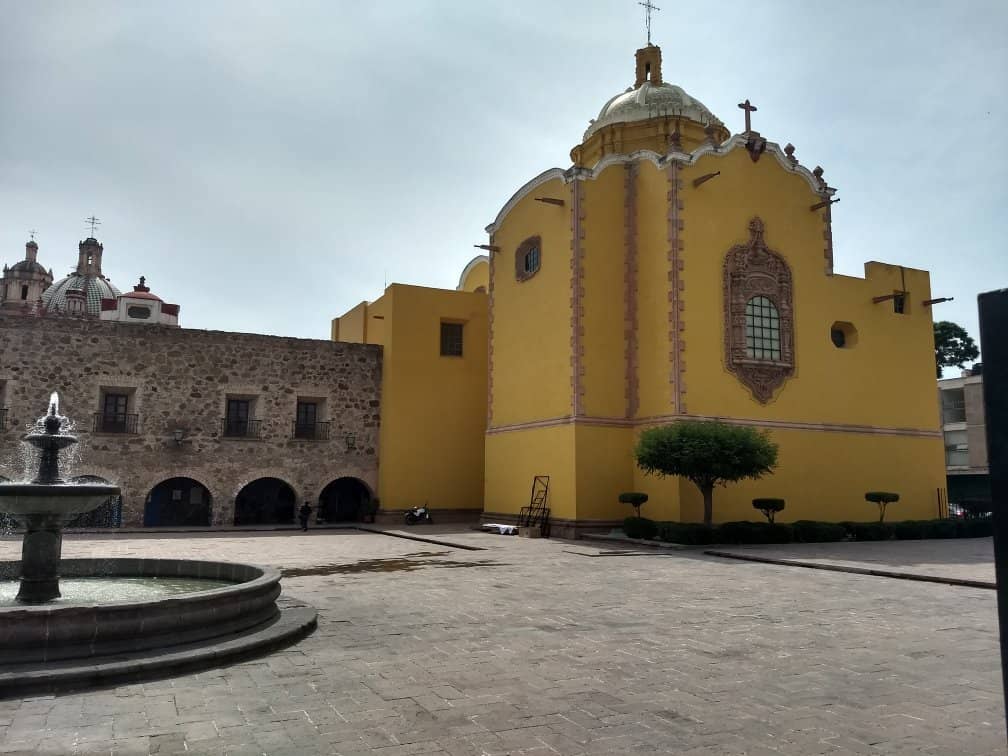
Franciscan Convent Architecture
The building itself
Explore the historic Franciscan convent dating back to 1590, a testament to colonial-era architecture.
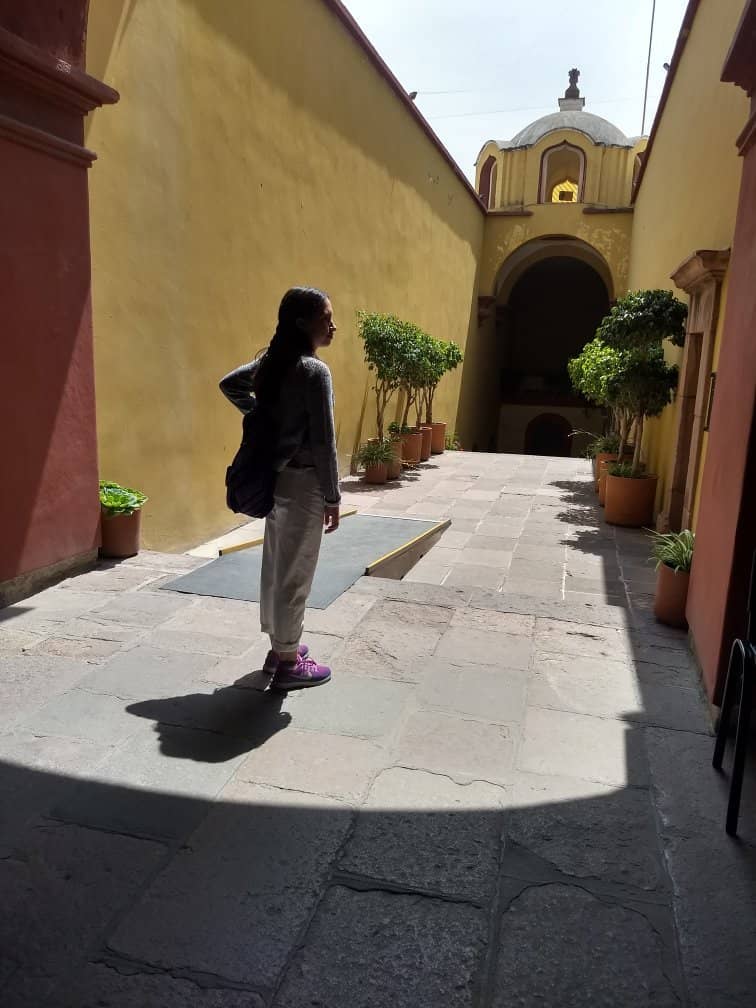
Mesoamerican Cultures Exhibit
Ground floor rooms
Discover artifacts and insights into the rich tapestry of ancient Mesoamerican civilizations.
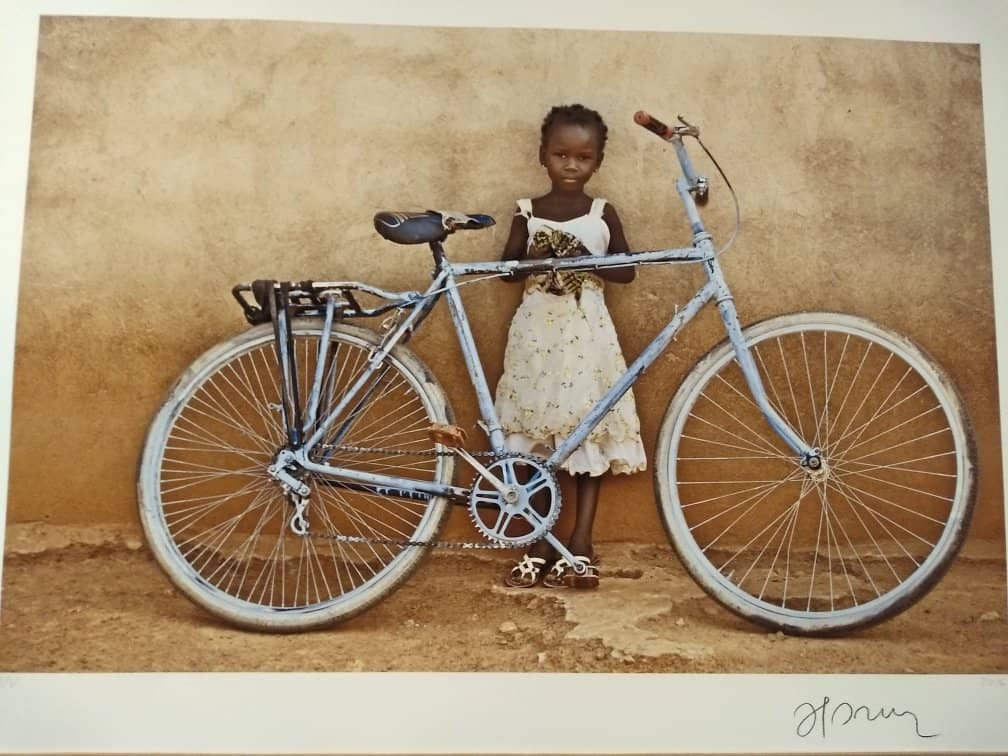
Potosí History Collection
Upper floors
Trace the evolution of San Luis Potosí, from indigenous evangelization to the agrarian revolution.
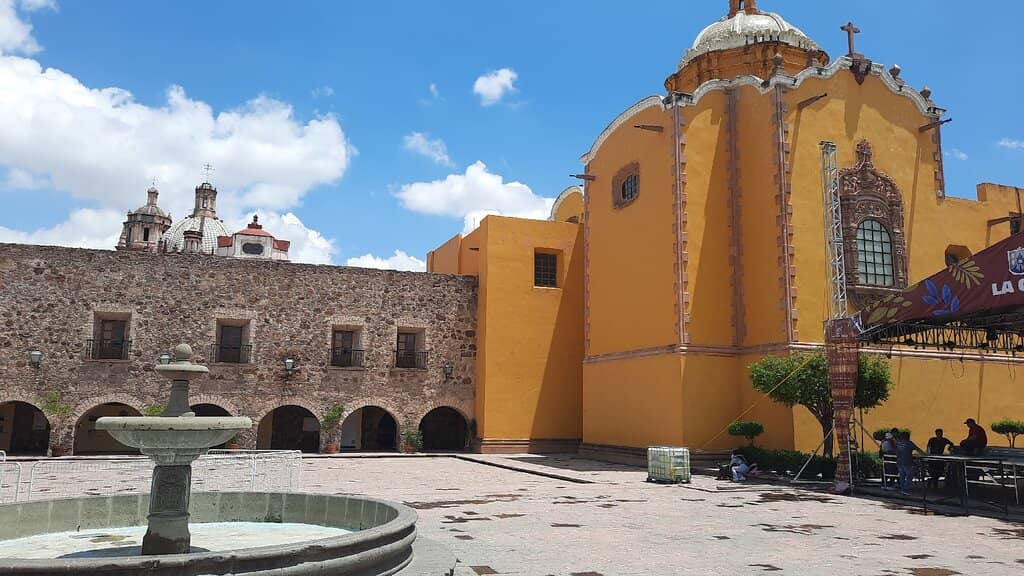
Masonic Lodge History
Specific display area
Uncover the intriguing history of the Masonic Lodge that once occupied part of this building.
Plans like a pro.
Thinks like you
Planning Your Visit
Timing Your Visit
Navigating Exhibits
Best Times
Insider Tips
from TikTok, Instagram & Reddit
Check for Evening Events
Look out for night tours or cultural events, often held on Fridays, for a different museum vibe. :flashlight:
Read Exhibit Details
Exhibits have detailed cards, but typography can be small. Use your phone's zoom! :iphone:
Explore the Convent
The building itself is a historical marvel, with roots back to 1590. :building_construction:
Discover Local History
Learn about San Luis Potosí's journey from indigenous times to modern revolutions. :scroll:
Tips
from all over the internet
Check for Evening Events
Look out for night tours or cultural events, often held on Fridays, for a different museum vibe. :flashlight:
Read Exhibit Details
Exhibits have detailed cards, but typography can be small. Use your phone's zoom! :iphone:
Explore the Convent
The building itself is a historical marvel, with roots back to 1590. :building_construction:
Discover Local History
Learn about San Luis Potosí's journey from indigenous times to modern revolutions. :scroll:
Consider Guided Tours
Special guided tours, like those at Hotel Museo Palacio, offer deeper insights. :map:
What Travellers Say
Reviews Summary
Visitors generally find the Museo Regional Potosino to be an interesting and informative cultural site, particularly appreciating its historical building and detailed exhibits on local and Mesoamerican history. Some reviews note that the museum is a bit small and could benefit from restoration, with minor critiques on typography size and occasional staff demeanor.
"I loved this museum and all different exposition from mexican native to religious"
Ay Guey!
"It's a small museum, but it is very interesting. The church in 2nd floor is very awesome."
Adrián CM
"Good"
Pablo Bueno
What People Like
What People Dislike
Frequently Asked Questions
🚇 🗺️ Getting There
The museum is located in the historic center of San Luis Potosí, making it easily accessible by public transport or a short taxi ride from most parts of the city. Many visitors find it convenient to walk if they are already exploring the city center.
Parking in the historic center can be challenging. It's advisable to look for paid parking lots or garages nearby, or consider using ride-sharing services for convenience.
Yes, several local bus routes pass through or near the historic center. Check local transit information for the most convenient routes to Plaza Aranzazú.
Information on wheelchair accessibility can vary. It's recommended to contact the museum directly or check their official website for the most up-to-date details on ramps and elevator access.
The museum is typically open from 10 AM to 5 PM, but hours can vary, especially on weekends or during special events. It's best to check their official schedule before your visit.
🎫 🎫 Tickets & Entry
Admission fees are generally affordable, with potential discounts for students, seniors, or children. It's always a good idea to check the official museum website or inquire at the ticket counter for current pricing.
For regular visits, advance booking is usually not required. However, for special events or guided tours, it's highly recommended to book your tickets in advance due to limited capacity.
Some museums offer free admission on specific days or holidays. Check the museum's official channels for any announcements regarding free entry days.
Tickets can typically be purchased at the museum's box office on the day of your visit. For special events, online booking or purchasing in advance is often advised.
If you have a national museum pass or a reciprocal membership, check if it's valid for the Museo Regional Potosino. This information is usually available on the museum's website or through the pass provider.
🎫 🏛️ Onsite Experience
Don't miss the sections on Mesoamerican cultures, the history of San Luis Potosí, and the unique displays detailing the building's past as a Franciscan convent and Masonic lodge. The church on the second floor is also noted as impressive.
While educational, the museum's focus on history and detailed exhibits might be more engaging for older children and adults. Consider the specific interests of your children.
A typical visit can take anywhere from 1 to 2 hours, depending on your interest level and how thoroughly you explore each exhibit.
Yes, guided tours are sometimes offered, especially for special events or historical aspects of the building. Inquire at the information desk or check the museum's schedule.
Photography policies can vary. Generally, non-flash photography is permitted for personal use, but always check for signage or ask museum staff before taking pictures.
🍽️ 🍽️ Food & Dining
Typically, museums of this nature do not have full-service restaurants. However, there might be a small cafe or vending machines for snacks and drinks.
The museum is located in the heart of San Luis Potosí's historic center, which is brimming with restaurants, cafes, and street food vendors offering a wide variety of local and international cuisine.
Bringing outside food and drinks into the museum galleries is usually not permitted. There might be designated areas for consumption, but it's best to confirm with the museum staff.
Nearby, you can find delicious regional specialties like enchiladas potosinas, fiambre, and various street tacos. Don't miss trying some local sweets as well.
While not directly in the museum, some nearby establishments might offer buffet-style dining. One TikTok mentioned a buffet at the Museo del Ferrocarril, which could be a unique dining experience.
📸 📸 Photography
Generally, non-flash photography for personal use is permitted. However, always look for signs or ask staff, as some exhibits may have restrictions.
The historic architecture of the convent, the church interior, and well-lit exhibit displays offer great photo opportunities. The exterior of the building is also picturesque.
If you plan to photograph other visitors, it's polite to ask for their permission first.
Flash photography is almost always prohibited to protect artifacts. Tripods and selfie sticks might also be restricted.
Searching for 'Museo Regional Potosino' on Instagram or Google Images will yield many visitor photos, giving you an idea of what to expect.
For Different Travelers
Tailored advice for your travel style
👨👩👧 Families with Kids
To enhance the experience for families, look for any special family-friendly programming or guided tours that might simplify complex historical narratives. Exploring the building's history as a former convent and its unique past as a Masonic lodge can also be a point of interest for curious young minds.
🏛️ History Buffs & Culture Enthusiasts
Pay close attention to the exhibit cards, which provide in-depth information on provenance, materials, and symbolism. For an even richer understanding, consider attending any special lectures or guided tours that delve deeper into specific historical periods or cultural aspects.
📸 Photographers
Remember to adhere to the museum's photography policy, typically allowing non-flash photography for personal use. Look for interesting textures, patterns, and the interplay of light and shadow to capture the essence of this historical site.
Deep Dives
In-depth insights and expert knowledge
A Glimpse into History: The Building's Past
In 1952, the National Institute of Art and History (INAH) established the museum within these historic walls. This transition marked a new era, dedicating the space to preserving and showcasing the cultural heritage of San Luis Potosí and beyond. The building's evolution from a religious sanctuary to an educational and cultural hub is a story in itself, making the visit a journey through time.
Visitors often remark on the impressive architecture, noting the blend of historical styles and the sense of stepping back in time. The museum's location in the historic center further enhances this experience, allowing you to immerse yourself in the colonial charm of San Luis Potosí.
Exploring the Collections: From Ancient Civilizations to Local Heritage
Beyond ancient history, the museum delves into the history of San Luis Potosí itself. This includes the evangelization of indigenous groups like the Guachichil, the daily lives and religious practices of settlers during the viceregal era, and the pivotal moments of the struggle for independence and the agrarian revolution. The detailed exhibit cards, though sometimes small, provide valuable context about the origin, materials, symbolism, and historical period of each piece.
One particularly interesting aspect highlighted by visitors is the presence of information about the Masonic Lodge that operated within the building, including details about the Chee Kung Tong Workshop established in 1925. This unique inclusion adds another layer of historical intrigue to the museum's diverse offerings.
Beyond the Exhibits: Special Events and Immersive Experiences
For instance, events like the #INAHfest, as promoted by INAH Mexico, showcase local culture and heritage, with activities often held at significant locations like the Museo Regional Potosino itself. These festivals can include talks by cultural promoters, conservationists, and artists, offering a deeper dive into Mexico's heritage.
Keep an eye out for special night tours or themed events, which can transform the museum experience. These often provide a different perspective on the exhibits and the building's history, sometimes incorporating music or performance art, making for a memorable evening.
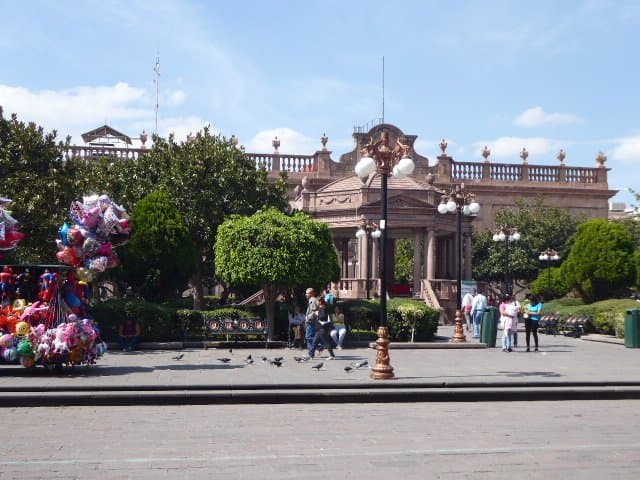
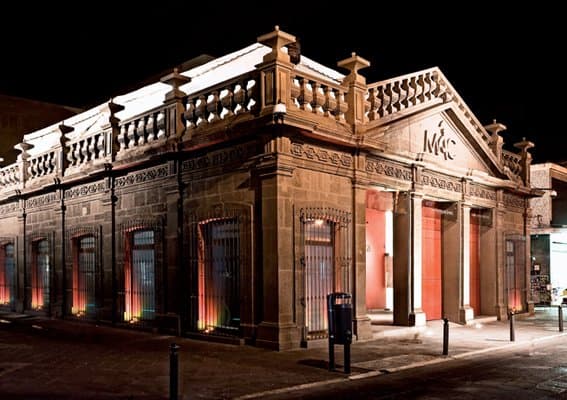
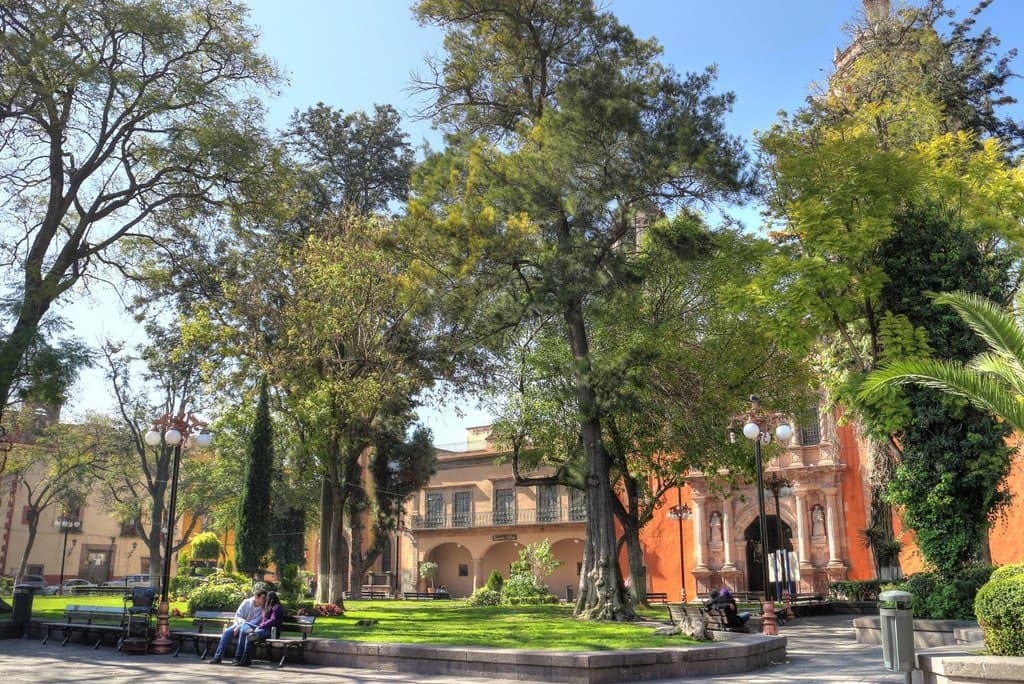
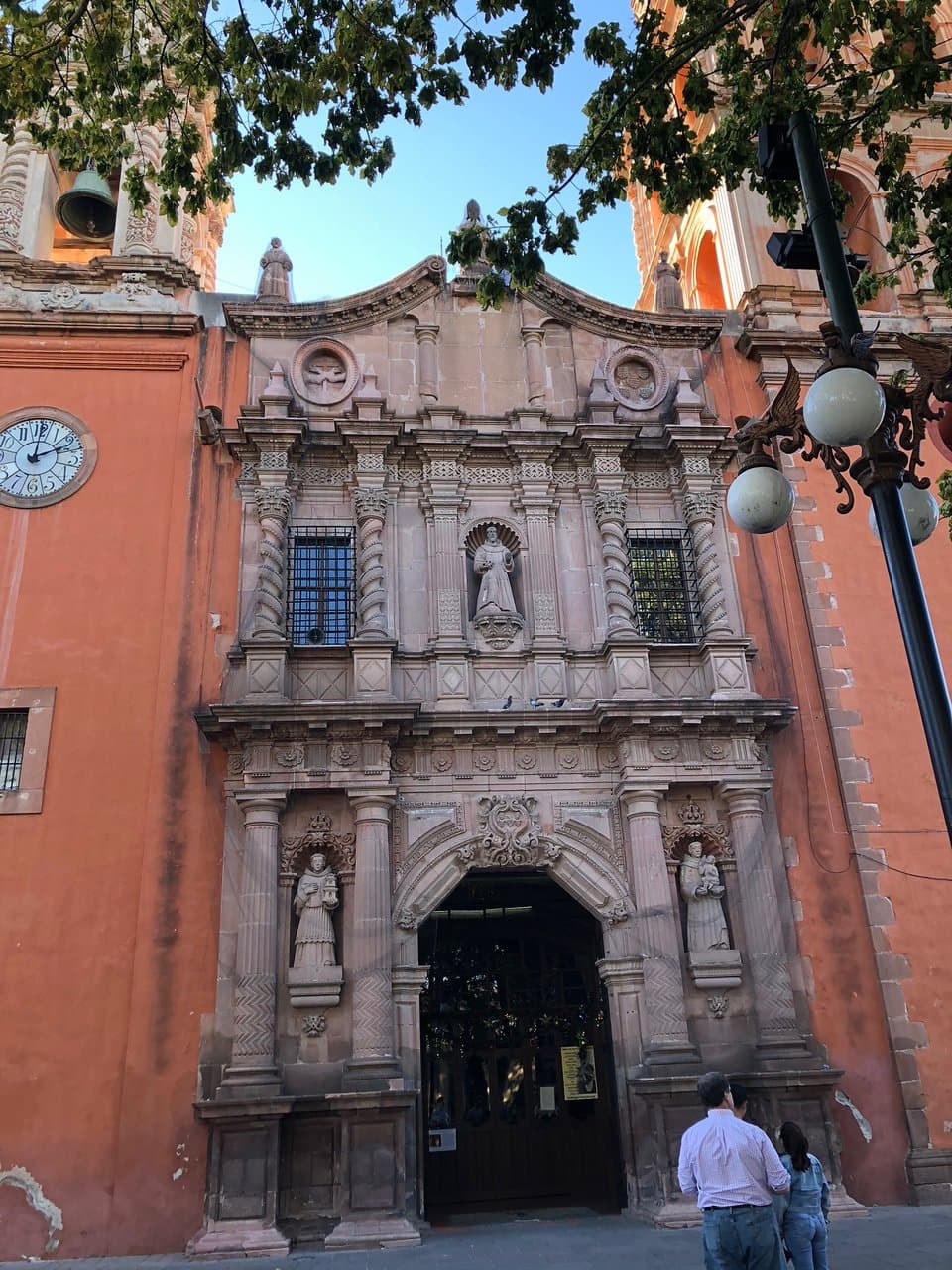
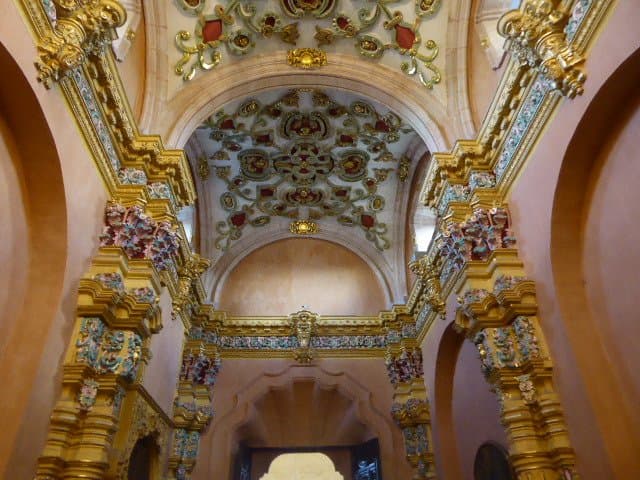
Social
from TikTok, Instagram & Reddit